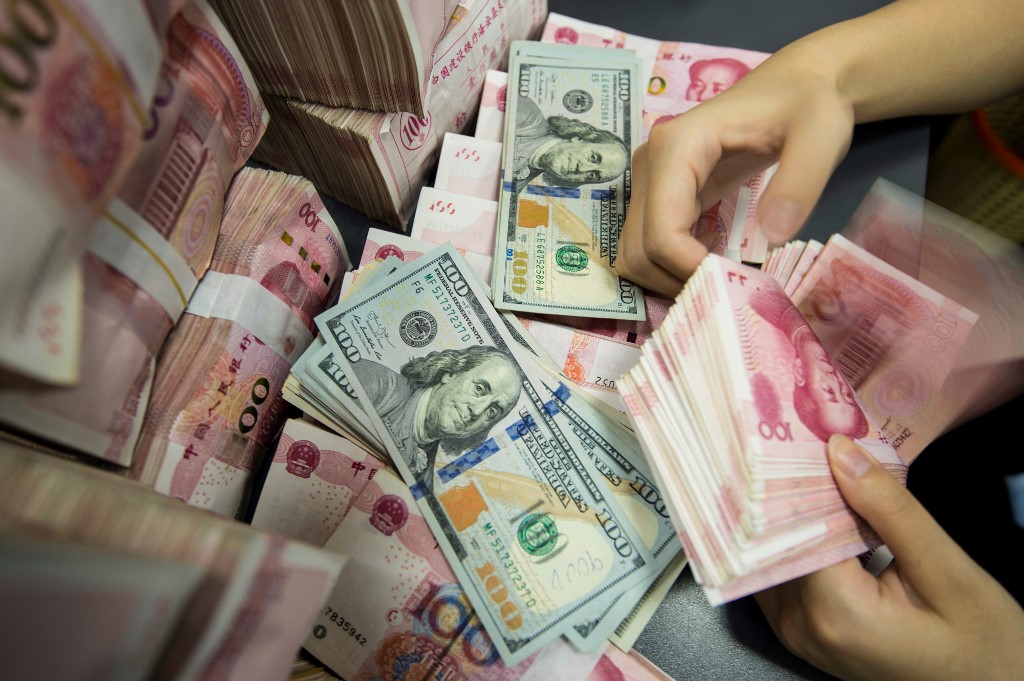(ATF) I noted yesterday the disparity between a good China 2Q GDP number (+3.2% year on year) and a nasty stock market downturn (-4.8% on the CSI 300).
Chinese stocks steadied today (CSI 300: +0.63%; HSI: +0.47%) and the Thursday downturn is likely to prove more of a warning signal against wild speculation by Chinese retail investors than the start of an August 2015-type sell-off as some analysts fear.
The value of the yuan is a more reliable gauge of what’s happening in the Chinese economy than the retail investor-dominated Chinese equity markets.
The yuan hardly blinked yesterday as stocks tanked. Even with some question marks, 3.2% growth is a robust number – as of course is the +11.5% quarter-on-quarter GDP tally.
Hence, there’s no urgent need for the People’s Bank of China (PBoC) to ease monetary policy. Hence the interest rate differential between China and the rest will remain largely unchanged or even widen – and with that, the yuan will stay strong.
Further relative help for the yuan will come from the shaken and stirred US dollar.
The dollar index (DXY) stood at 96.0600 at 7pm HK time, down 0.3% in Friday Asian trading and continuing to lose ground. The DXY 95 handle last seen in early March is not far off.
While the outlook for the Chinese economy is not without caveats, compared with the US outlook, given the out-of-control coronavirus situation with no end in sight, it’s doing very well indeed.
The PBoC set central parity this morning at 7.0043. In the course of the trading day, the CNY strengthened to 6.9982 and the offshore CNH to 6.9974.
Chinese economic outperformance is the yuan tailwind. It will be here to stay and we will see a stable yuan going forward – contrary to the astonishingly incoherent Goldman Sachs currency analysts who now see the yuan weaken to 7.25 even as they predict a further sharp dollar decline.
























